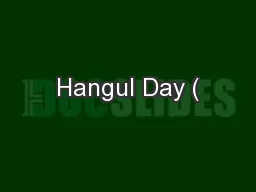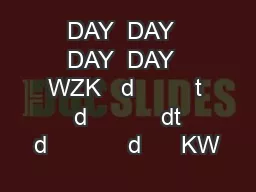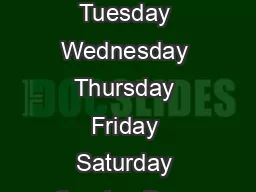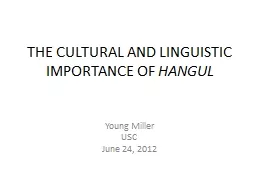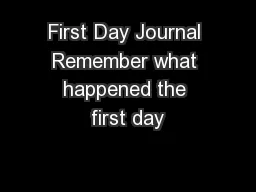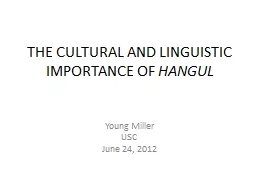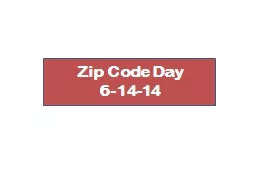PPT-Hangul Day (
Author : karlyn-bohler | Published Date : 2017-01-24
한글날 Saturday October 9 th 2010 Hangul Day is an annual Korean holiday that celebrates the creation of the Korean written language called Hangul In South
Presentation Embed Code
Download Presentation
Download Presentation The PPT/PDF document "Hangul Day (" is the property of its rightful owner. Permission is granted to download and print the materials on this website for personal, non-commercial use only, and to display it on your personal computer provided you do not modify the materials and that you retain all copyright notices contained in the materials. By downloading content from our website, you accept the terms of this agreement.
Hangul Day (: Transcript
Download Rules Of Document
"Hangul Day ("The content belongs to its owner. You may download and print it for personal use, without modification, and keep all copyright notices. By downloading, you agree to these terms.
Related Documents

